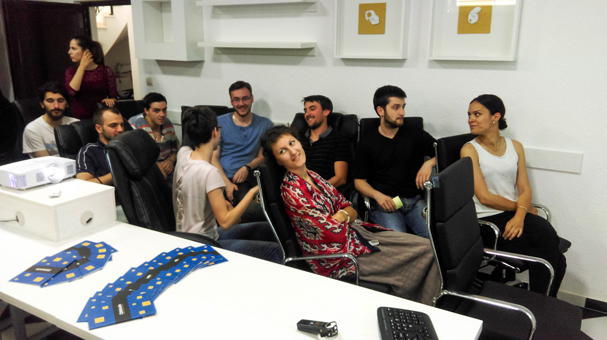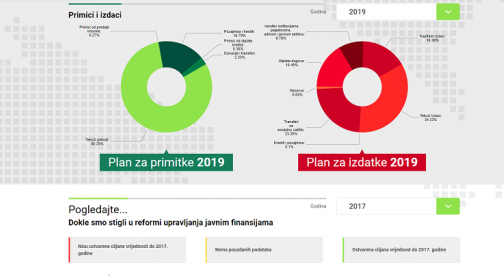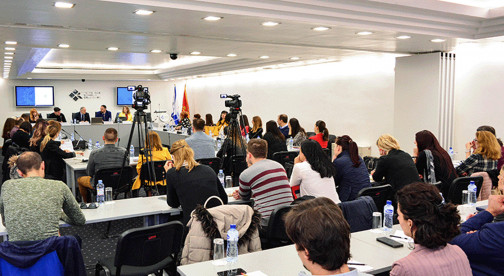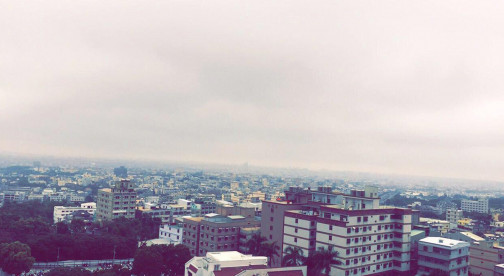Beginning of June was a beginning of one of the first planned guest lectures held in Bild Studio premises.
Our guest, Faculty of Informational Technology of University Mediteran dean, doc. dr Adis Balota was speaking about LAMS project, that he has been working on in cooperation with Ministry of science and international partners.

Project LAMS involves the construction of station for atmospheric pressure discharge research on broadcast tower on mountain Lovćen.
Probably you wonder, as same as we had at the beginning (despite the fact we voted this topic), why is this so important and what is going to be discovered by it?

Be patient, even we were surprised with fact we reveled…
The station on Lovćen includes implementation of modern equipment for monitoring lightning parameters and it is the first station of its kind in this region. There are three more station in Europe, Germany, Austria and Switzerland but the importance of this particular station lies in the data amount that can be gathered.
But why Lovćen? The reason is quite simple – the broadcasting transmitter located on this mountain is exposed to much more atmospheric pressure discharge than any other station in Europe. This location ‘suffers’ on average 2000 strikes over the year, while Switzerland recorded ‘only’ 135 atmospheric pressure discharges in 29 years. (for instance, that is the same number of annually strikes of the adjacent peak, Njegoš mausoleum).

Fact that mountain Lovćen is world leader in atmospheric pressure discharges, additionally explain the reason why it is expected to give valid and extensive data on annual basis. Let’s say, Germany would take 50 years of measurement for this data amount, Austria 10 years and Switzerland 5 years.
It’s interesting that Luštica (also in Montenegro) is the second location and South Africa the first country in the world in terms of atmospheric pressure discharges.
What else what we learned?

Equipment that will be used for precisely measurement of the parameters, is going to be located on transmitter tower and all data would be transmitted via IST online mode equipment to the server located in the Faculty of Informational Technology. These data would be primarily used in scientific purposes and will be given to scientific-research centers upon project finalization, which will last 24 months.
If it would be successful project, and there are no reasons not to be, due to the fact of stabile lightning ‘season’, provided data will be used for calibration of all devices and sensors which are monitoring atmospheric pressure discharges. This means that issues in estimating impact point (which right now goes even 500m wrong) would be reduced to a minimum. Furthermore, those data would help to project a better design for protection system of electro-energy devices.
What meaning this has for Bild?

Learning how to use a modern IT equipment through perfectly tell story. We did enjoy listening to professor Balot presentation and as a result of that we have many never-ending questions: is it possible to catch lightning (no, not really), whether the project has a future when it formally comes to end (absolutely, through commercial activities)…

We would like to take this opportunity to thank once again to professor Balota on amazing presentation and idea of having this kind of knowledge exchange in ‘home’ atmosphere.
You will be hearing soon from us from some another presentation.



















